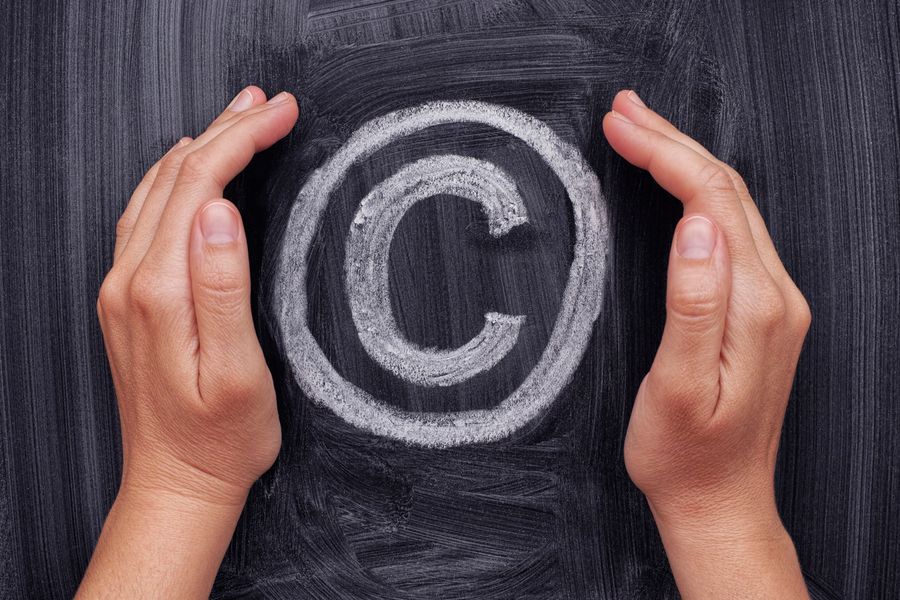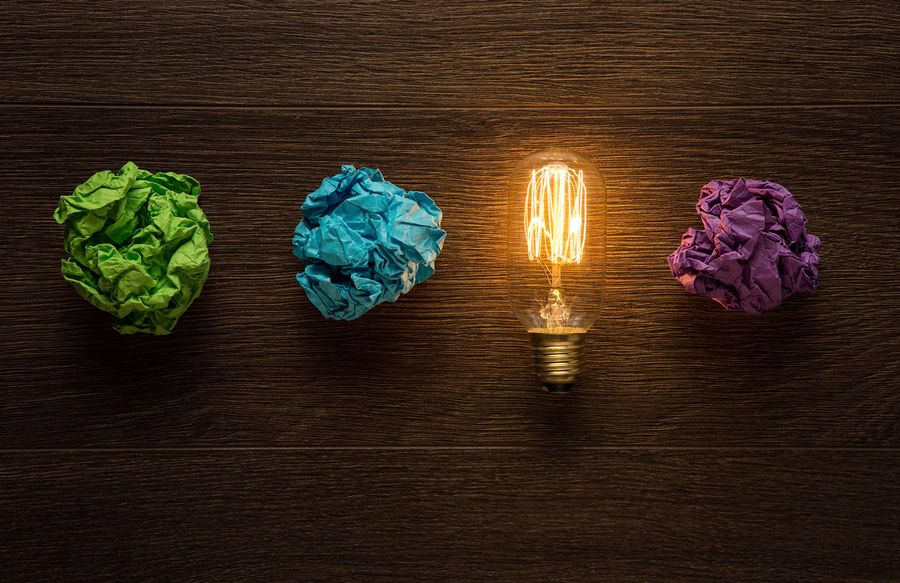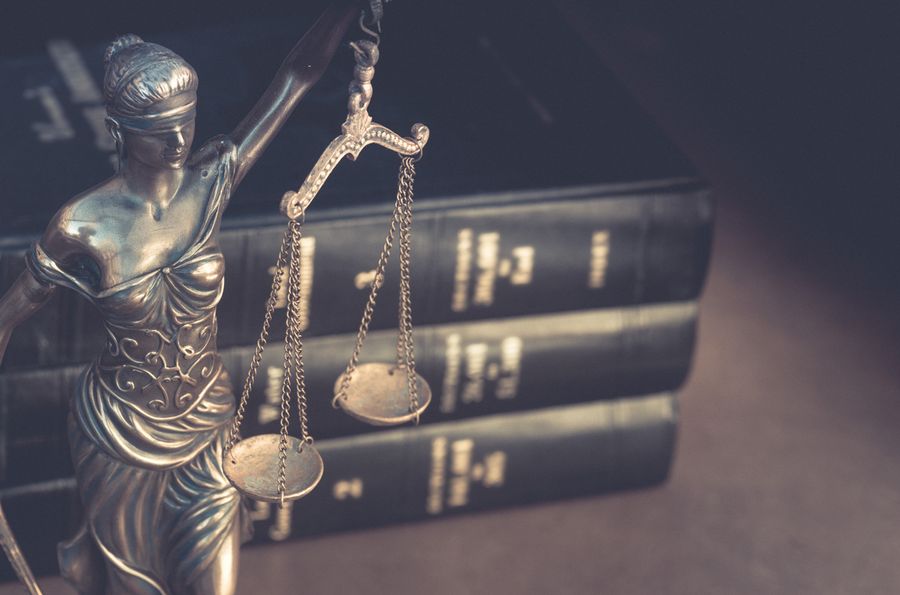Photo licences & copyrights: everything you need to know
By Photobox on 27 October 2017

Every budding photographer knows the importance of individuality. You need to have a style and an aesthetic or creative flair that no one else has. You put countless hours into perfecting your craft and solidifying your style, so what you definitely don’t want is for people to be taking the images you worked so hard on and distributing them without your permission.
Copyright, licences and the legal side of showing your work to the world is something you might not even have considered before, but it’s important that you understand the laws that are in place to protect your art and intellectual property, as well as those of others.
It’s also just as important at the editing stage – if you’re into overlaying stock images or editing in new elements, you can’t just take any old image from Google Images, you need to have permission to reuse it. Confused? Don’t worry, read on to learn all about copyright, reproduction and how to protect your own work.
Who owns the copyright on a photo?

The moment original content is created, be it a photo, painting, text or piece of music, it is copyrighted to its creator. There is no need to register the piece like you would if you wanted to trademark it – if you created it, it is legally yours and should not be used without your consent. There is no register of copyrighted works for the UK and no legal need to place large watermarks on your images. Once you make it, it is automatically copyrighted. The most notable exception would be if you were working for a photography company, then your employers will retain copyright of all work you do for them.
If your subject is a landscape or still life, this is fairly straightforward, however, it gets a bit more complicated if another person is in your image, a model for instance. While you still own the copyright, they will retain some rights over its usage. If you want to distribute or sell an image that features a model, you’ll need to get a ‘model release’. Don’t worry, if you work with professional models they will be well-accustomed with this process and it’s easy to complete.
What counts as copyright infringement?

If your image gets used in the following ways without your consent, it’s a copyright infringement:
- Reproduced
- Copied in derivative works
- Distributed
- Displayed publically
- Publically performed (in the case of dramatic works and music)
You can legally take action against the guilty party and request that all use of your imagery be withdrawn.
Even if your work was used accidentally, adjusted to appear different, posted with a disclaimer citing you as the owner or immediately removed from use, you can enforce your rights of ownership. In most cases, copyright infringement is settled with the payment of an agreed fee.
What if I want to sell my copyright?
Perhaps you do want people to be able to use your image for their own use, for commercial imagery or as part of the template of a commercial website for example. In most cases, it’s easy enough for them to ask you for permission directly. In this case, you can give them permission to use your images. You will retain the rights to:
- Object to your work being adjusted
- Object to the way it is used e.g. to promote something you believe will damage your own reputation
- Object to being identified as the creator of the piece
You can choose to waive these rights, known as ‘moral rights’ and should make your choice clear in a written document which also states that you are granting permission for your images to be used. Without written proof of the transaction it will not be possible to legally prove that you a) consented to your images use, and b) have any right to the money you may have received for it. If you have many images, you may want to consider using a collective management organisation to help you keep track of licensing.
Some professionals permit their images to be used for personal use for free but charge for commercial use or for it to be edited before use. Creative Commons is frequently used to let creators easily explain what rights are given and which aren’t.
If you want to remove all rights completely, you can mark your image as part of the public domain, this essentially means anyone can do anything with your image without contacting or paying you for permission.
So get out there and get creating, photography enthusiasts, but make sure you know how to protect your own work and respect the work of others!
